
Saint Francis de Sales (1567-1622)
Image Courtesy: Catholic Online
(Franciscan Media) Francis was raised in a very religious home with great devotion to St. Francis of Assisi according to Catholic News Agency when he came of age, his father believed that Francis was destined to be an Atty so that the young man could one day take his place as a Senator in France, Savoy province and for this reason, Francis was sent to Padua to study law, excelling in his studies in philosophy and other subjects, arousing his most fervent enthusiasm in theology and the Scriptures of the Bible.
In his youth, Francis was obedient, truthful and habitually generous to those less fortunate than himself, he loved books and knowledge. At the age of 8 he was sent to a nearby college of Annecy and there in the Church of St. Dominic he made his first Communion and received Confirmation–Francis’ heart became more-and-more fixed on devoting his life to God and he took a vow of perpetual chastity according to EWTN placing himself under the special protection of the ‘Blessed Virgin Mary’ he was, never the less not free from trials. The love of God always meant more to him than anything else.
After Francis receiving his Doctorate in Law he returned home, his father’s plans for his life were not his plans.
Francis subsequently informed his parents that he wished to enter the Priesthood which his father strongly opposed, only after much persuasiveness on the part of a gentle Francis did his father finally consent.
The Catholic Bishop of Geneva Claude de Granier was living at Annecy, his own diocese now being in Calvinist hands, found Francis a position in the Swiss Church. Francis already so prepared by his purity of life and theological studies that there was no reason for the usual delay, that 6 months after Francis’ father gave his consent at the age of 26 he was Ordained a Priest and took on the difficult task of bringing Swiss Calvinists back to the Church said Pope Emeritus Benedict XVI in 2011
The Bishop so impressed by Francis’ character is reported to have made this prophetic utterance about him:
“This young man will be a great personage some day, he will become a pillar of the Church and and my successor in this See.”
Francis ministered lovingly to the poor and in the confessional devoted himself to the needs of the humblest with special care–his style of teaching was so simple that it charmed his hearers, scholar though he was, he refrained from filling his sermons with Greek and Latin quotations and theological subtitles which was the prevailing fashion.
Very tender in his ministry and with those who had fallen away from Christianity later returning, Francis greeted them warmly saying:
“Come my dear children come, let me put my arms around you. Ah, let me hide you in the bottom of my heart, God and I will help you, all I ask of you is not to despair. I will take on myself the rest of the burden.”
Francis’ affectionate care of them extended even to their physical needs and his purse was open to them as well as his heart. When told that his generosity would only encourage some to take advantage of him he replied:
“Has not our Blessed Lord shed His blood for them and I shall refuse them with my tears? These wolves will be changed into lambs, a day will come when, cleansed of their sins, they will be more precious in the sight of God than we are. If Saul had been cast off, we should never have had St. Paul.”
Following the death of the Bishop de Granier in the Autumn of 1602 Francis succeeded him just as the late Bishop earlier expected. Taking up residence at Annecy, living in a style appropriate to the office but with a household conducted on line of strict frugality, Francis’ personal life was one of evangelical poverty.
Francis conducted his episcopal duties with devotion, along with his administrative work, continued to minister and serve in the confessional–Francis, instituted the teaching of Catechism throughout his diocese and at the Annecy gave the instruction himself with such fervor that years after his death the ‘Bishop of Catechisms’ were still remembered–Children loved Francis and followed him about eager for his blessing.
Through an immense correspondence, Francis brought encouragement and guidance to innumerable persons. Francis helped Jeanne Francoise Fremyot who would become Saint Jane Frances de Chantal establish the ‘Order of the Visitation’ to meet the needs of widows and lonely women in poor health ‘strong souls with weak bodies’ who were deterred from joining other orders because of the physical condition.
Francis passed away in December 1622 following a paralytic seizure at the age of 56 in his ‘Treatise on the Love of God’ he had written: “The measure of love is to love without measure,” a precept which he had consistently taught and lived.
Beatified by Pope Alexander VII in 1661 he was subsequently canonized by him 4 years later and proclaimed the ‘Doctor of the Church’ during the pontificate of Pope Pius IX in 1877
Related: For Today’s Most Holy Scripture Readings, Visit: -USCCB
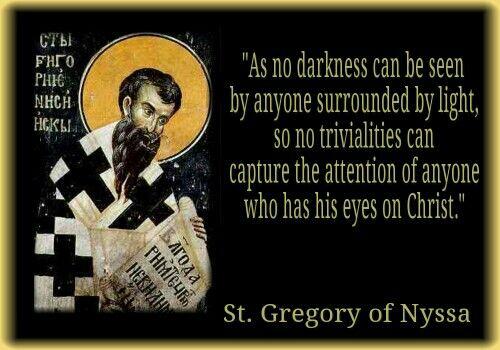 St. Gregory of Nyssa (330-395)
St. Gregory of Nyssa (330-395)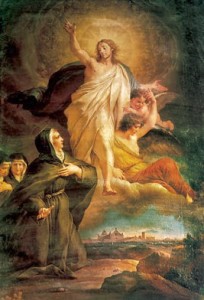
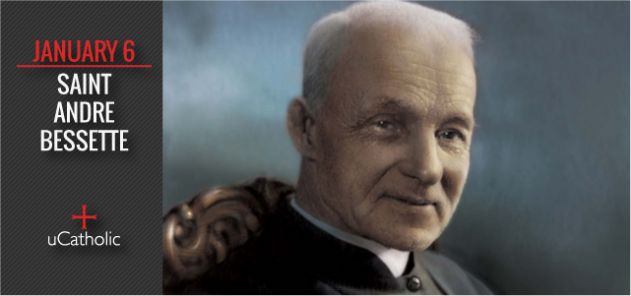 St. Andre Bessette (1845-1937)
St. Andre Bessette (1845-1937)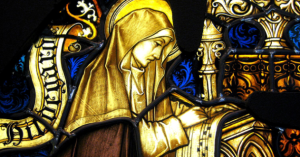
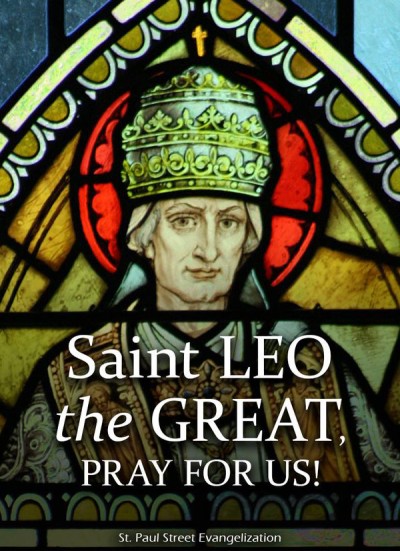 Pope Saint Leo the Great (400-461)
Pope Saint Leo the Great (400-461)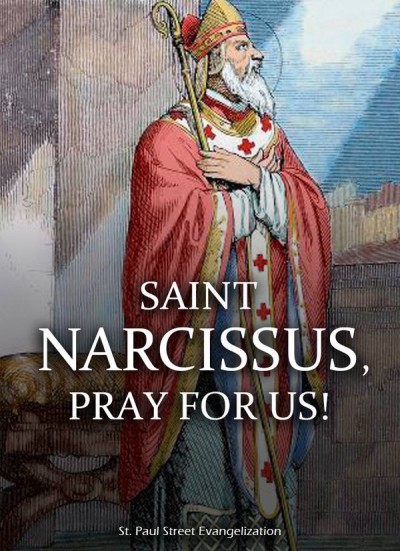 St. Narcissus of Jerusalem (99-215)
St. Narcissus of Jerusalem (99-215)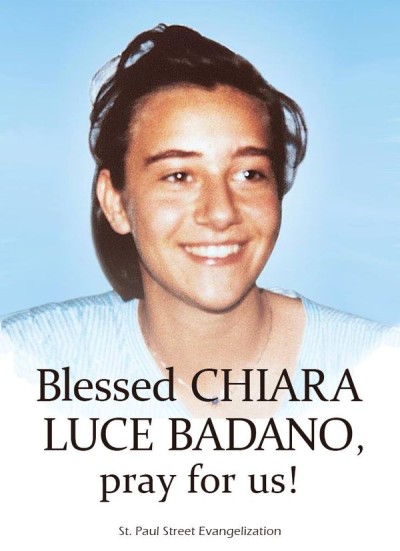 Blessed Chiara Luce Badano (1971-1990)
Blessed Chiara Luce Badano (1971-1990)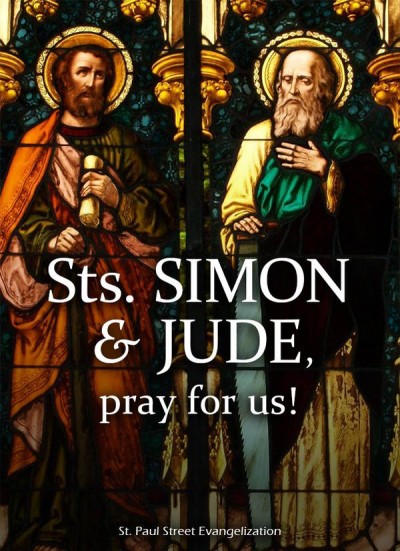 Saint Simon the Apostle and Saint Jude Thaddeus
Saint Simon the Apostle and Saint Jude Thaddeus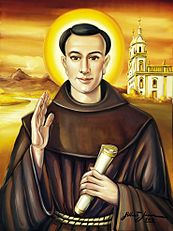
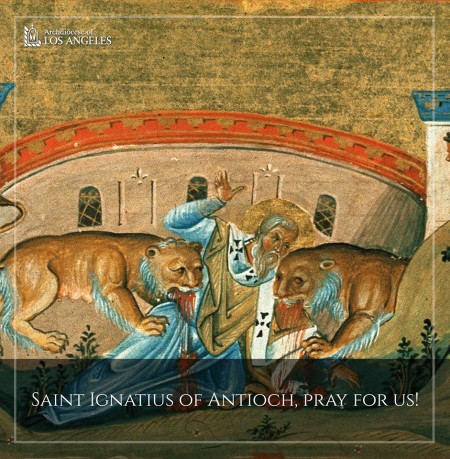 St. Ignatius of Antioch
St. Ignatius of Antioch